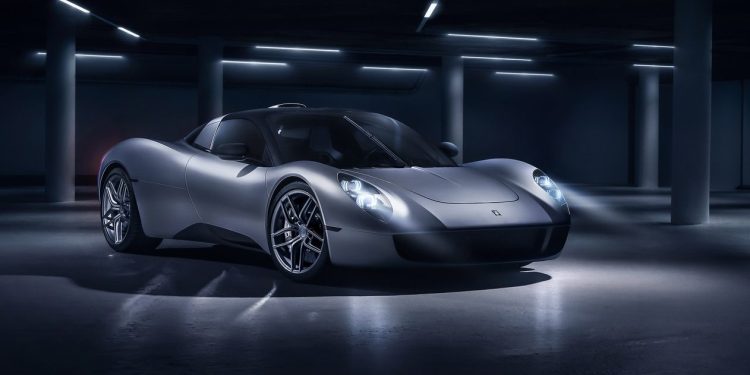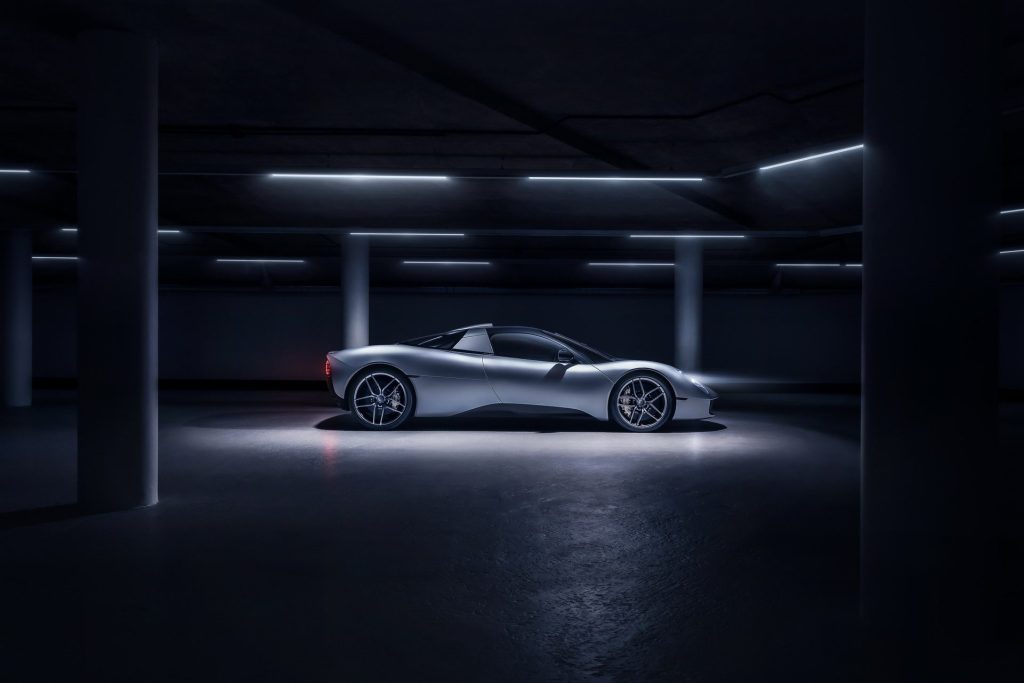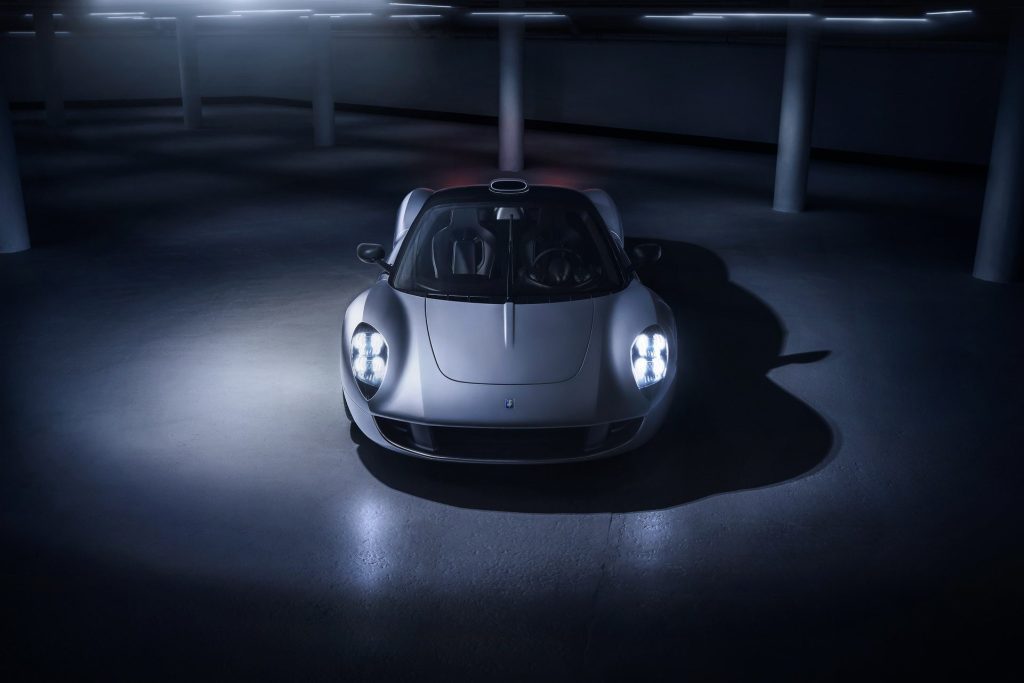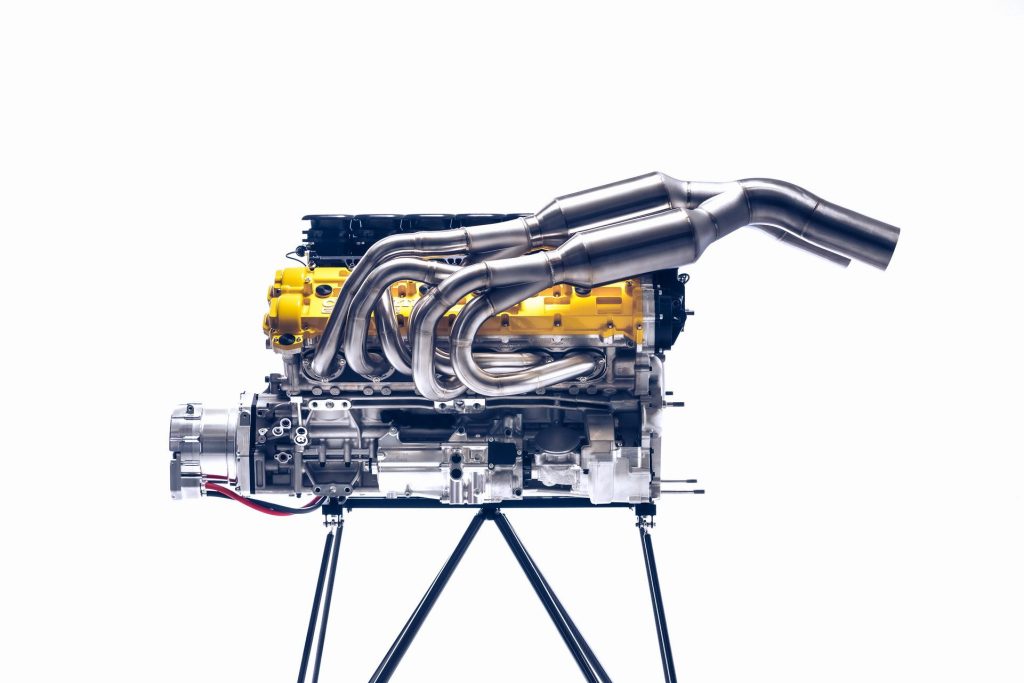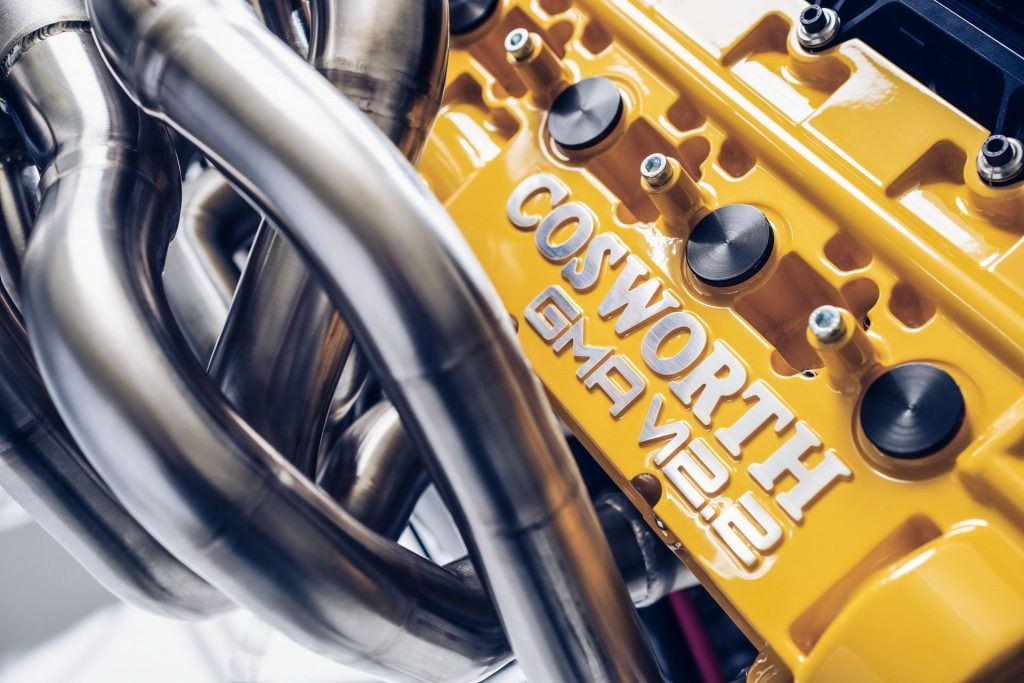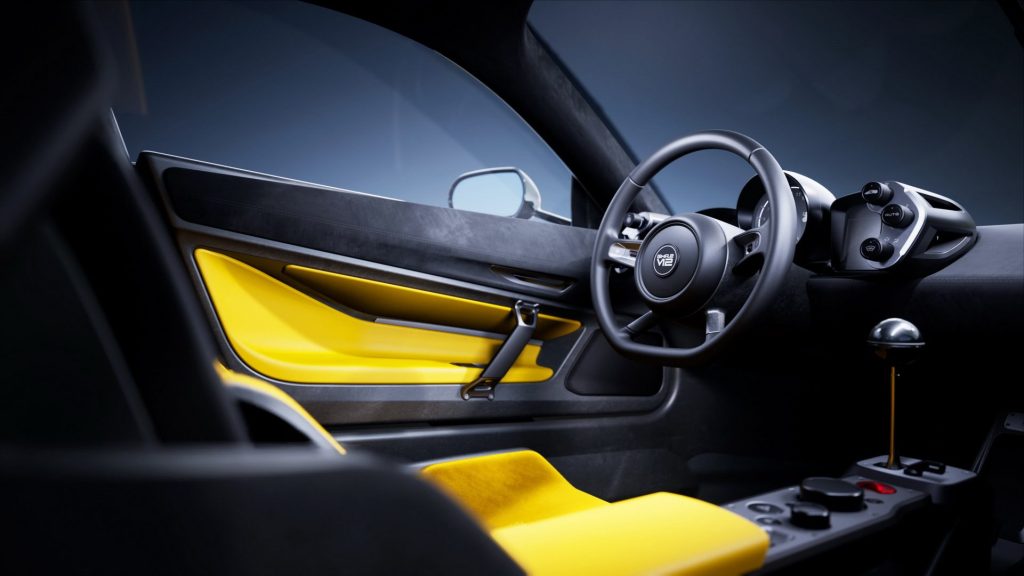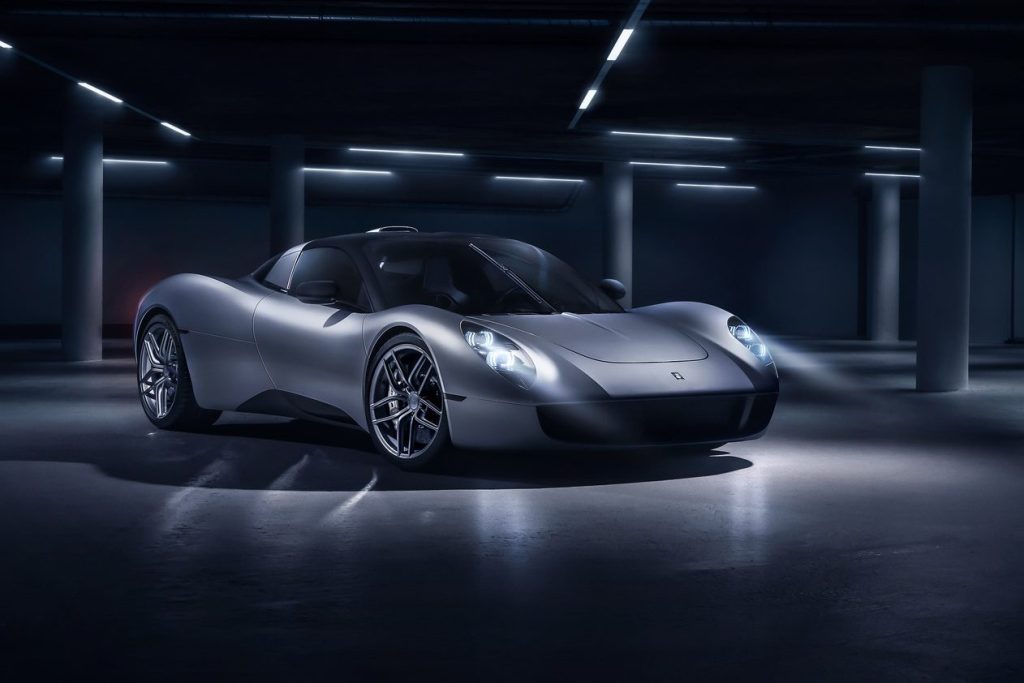Gordon Murray unveils ‘entry level’ 11,100rpm V12 T.33 supercar
Words: Matthew Hansen
It took legendary engineer Gordon Murray several decades to release his spiritual follow up to the McLaren F1, the T.50. Now, it’s taken him just 18 months to follow that up with another new creation; one that’s set to once again get enthusiasts foaming at the mouth.
Overnight Murray’s new firm, GMA, unveiled the T.33, a more comfortable, road-focused tilt at the supercar formula. Murray describes the model as the “world’s finest supercar GT”, indicating it as a likely rival to the upper echelons at McLaren and Porsche. Just 100 will be produced, with deliveries commencing in 2024.
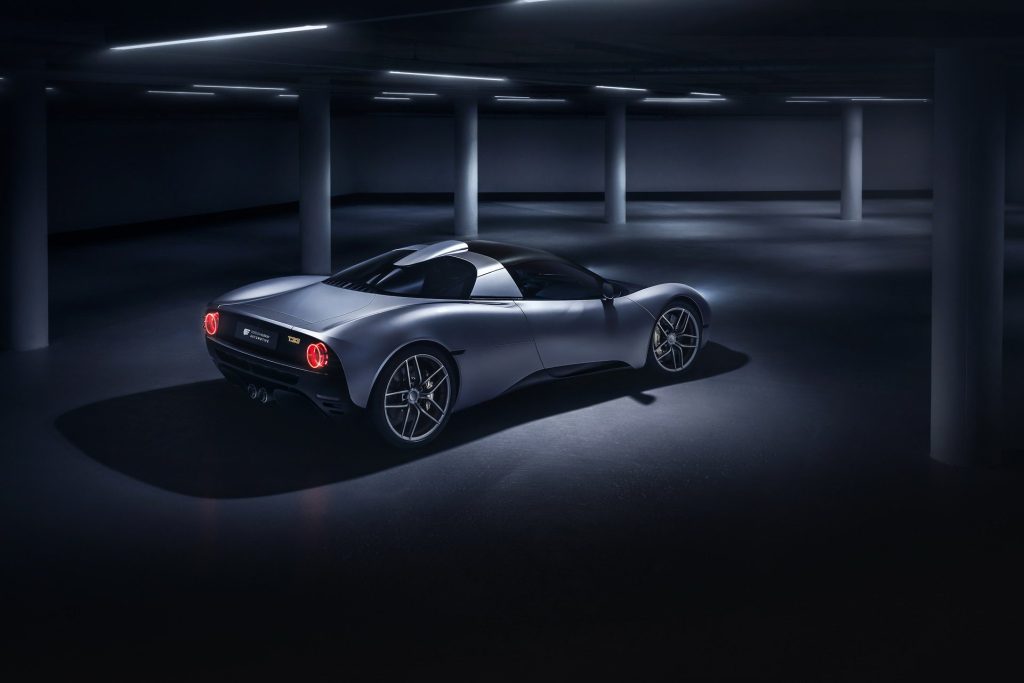
The T.33 borrows plenty of hardware from the T.50. It’s based on the same platform, and shares the same naturally aspirated 3.9-litre Cosworth V12. But the T.33 has a theoretically softer performance edge, producing less power (451kW is still nothing to sneeze at, mind), and spinning to an 11,100rpm redline … 400rpm less than the T.50.
New camshafts and a new exhaust system are said to mellow the experience a touch to make the T.33 a more livable supercar. Murray has even given customers the option of buying it with a fandangled six-speed paddle-shift transmission. It will also be available with a six-speed manual, of course.
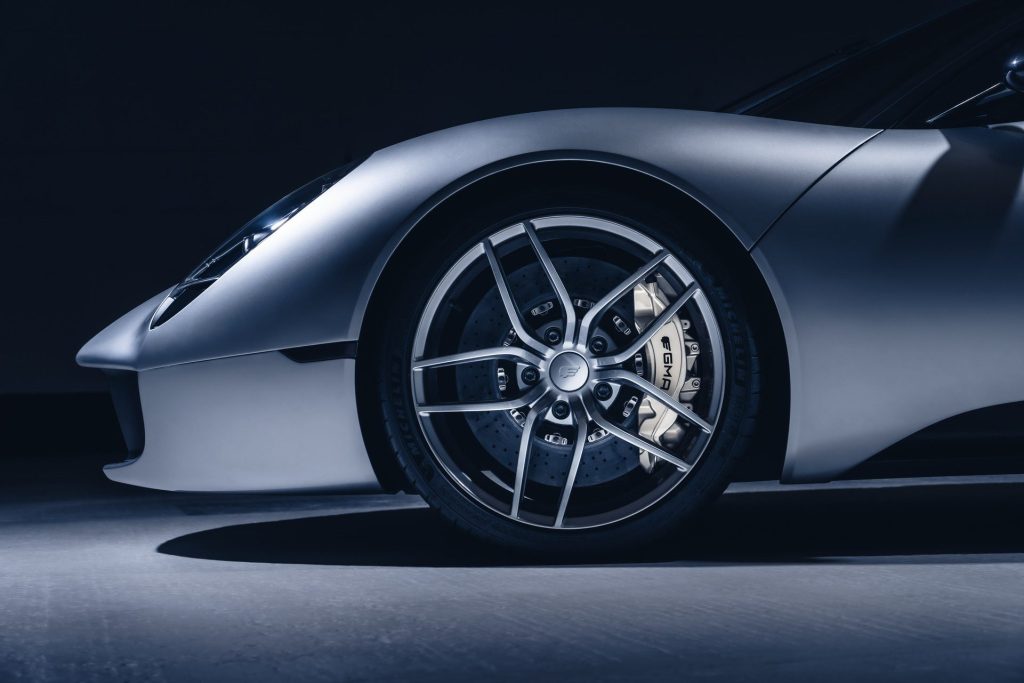
Under the svelte body sits a carbon fibre monocoque. Each corner features double-wishbone suspension and Brembo carbon ceramics. The steering rack is naturally hydraulic, theoretically offering much more steering feedback than the now sadly typical electrically assisted systems. All up, the T.33’s kerb weight is rated at just 1,100kg.
One of the more significant omissions comparing the T.33 to the T.50 is that the former doesn’t get a whopping fan mounted to its rear end. Instead it features ground effects philosophy in its aero design, a nod to Murray’s history as a designer in Formula 1. He notes that the model features a vent up front that sends air to a ‘boundary layer removal duct’ which supposedly helps create a suction effect.
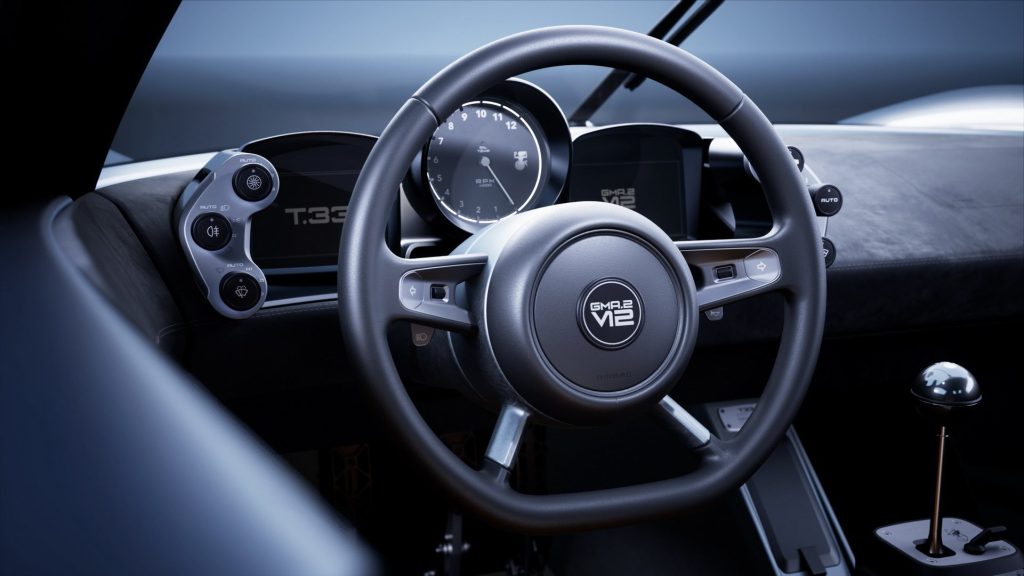
Indeed, the T.33 is somehow even more minimalist looking than the T.50, both inside and out. Its carbon fibre exterior surfacing is almost completely free of any harsh edges.
The round LED tail-lights look like a throwback to supercars of the ‘70s. Inside, there’s no big touchscreen plonked on the dashboard. The splash of yellow upholstery on the seats and doors and the corresponding yellow of the Cosworth head are among the few eye-popping elements.
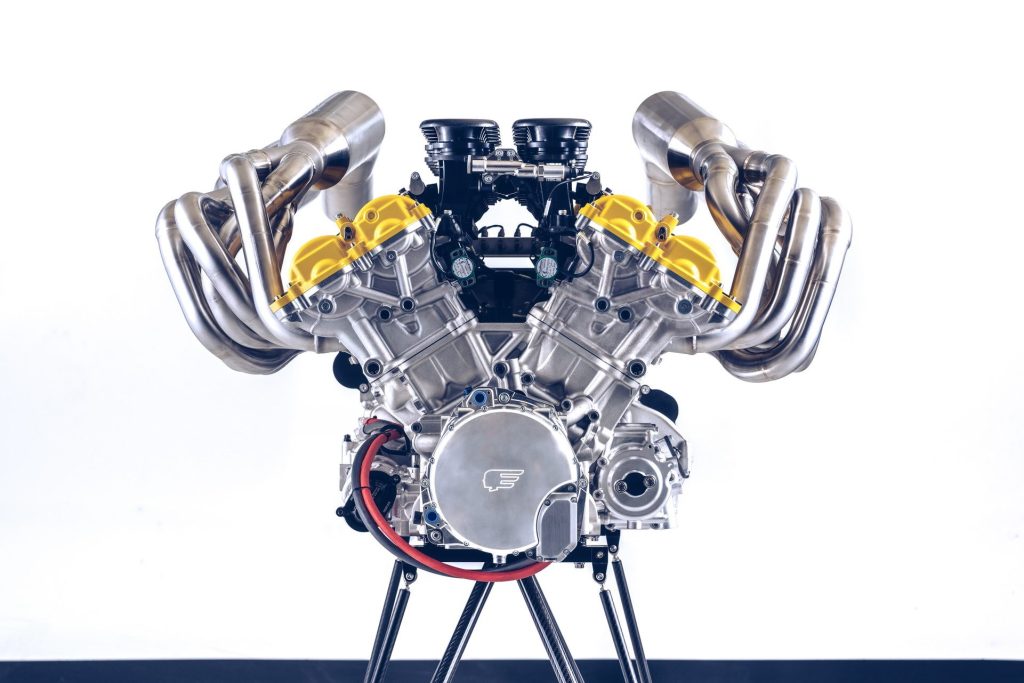
“As with the T.50 and T.50s, each component and every curve and radius is a bespoke design on the T.33 and is there because it has a function to perform,” says Murray.
“Our slavish adherence to the concept of engineering art extends far beneath the surface of the T.33’s body. Every part, no matter how small and no matter that the owner may never see it, is designed to the same exacting standards as the body.”
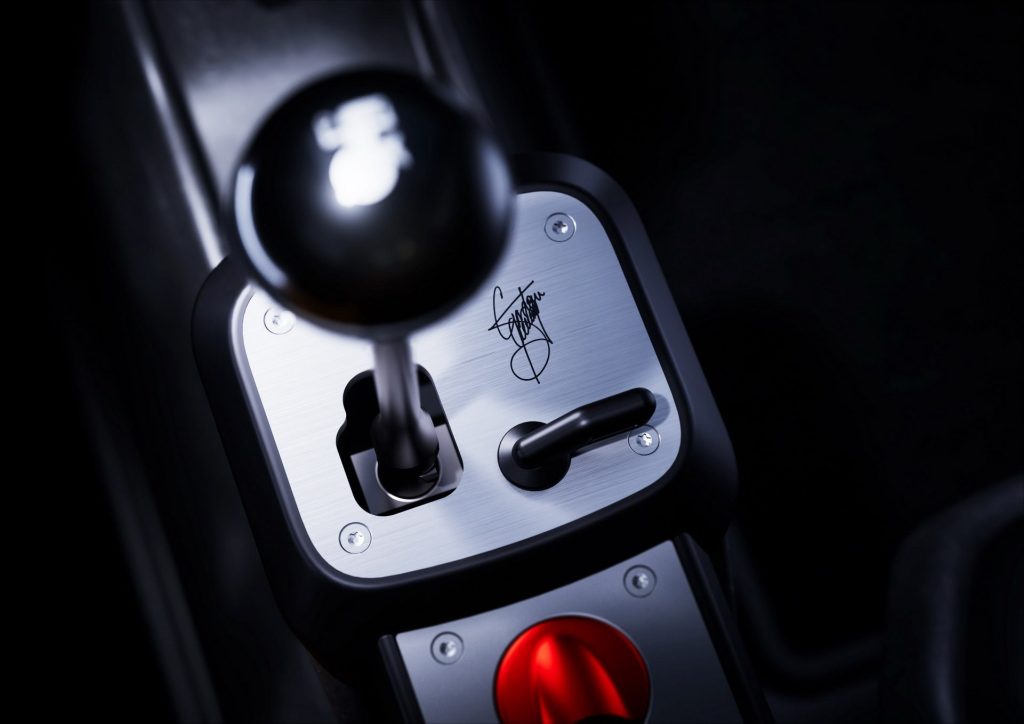
“We were fortunate that we had the world’s greatest V12 from the T.50 as a starting point. Yet, nothing was taken for granted, and no part was automatically carried over without due diligence and consideration,” he adds.
“When we once again joined forces with our technical partner Cosworth to create a bespoke engine for the T.33, every single detail was pored over in painstaking depth. Numerous systems and components were re-engineered and re-designed to pursue excellence, and we are 100 per cent confident that the GMA.2 V12 provides the perfect match for the T.33’s driving characteristics.”
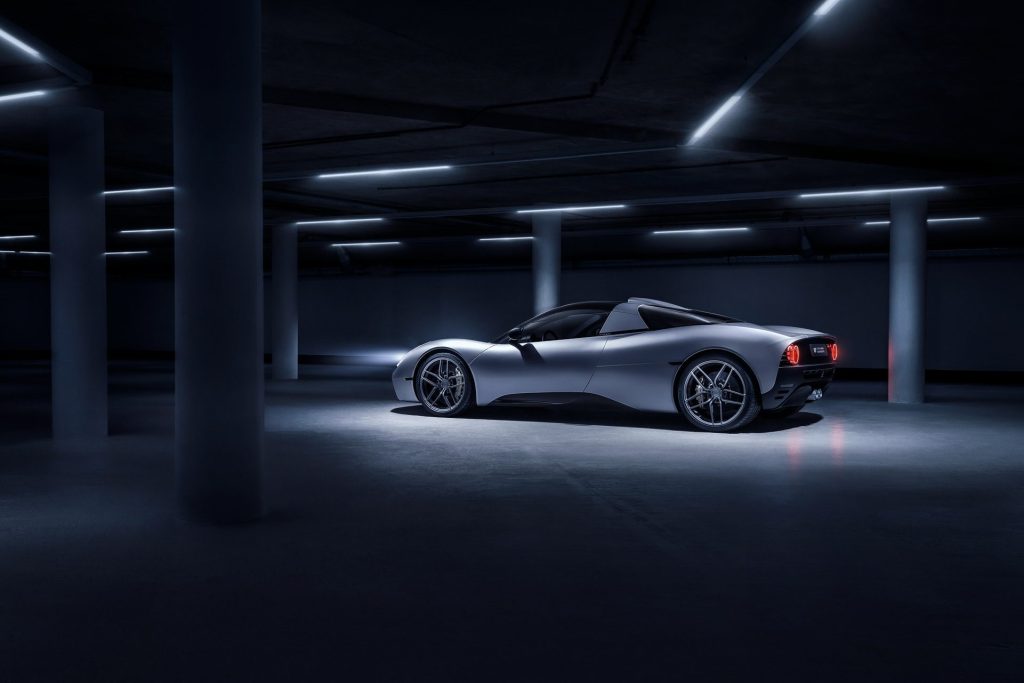
Cost? Well, its worth maybe adding an asterisk next to that ‘entry level’ tag in the headline. While the T.33 will be priced underneath its T.50 sibling and now represents the cheapest way to buy into GMA, it’s certainly not cheap, being priced from £1.37million, or $2.8million in New Zealand dollars.


